
How to Create Powerful Landing Pages for Your Brand: The Ultimate Guide
Remember visiting a company’s office or store location when you wanted to learn more about them? Ah — the good old days.
Today, your website landing page is the equivalent of your showroom floor. It’s where customers go to learn about your brand. It’s also the place they’re sent after searching online for products and services they need.
Marketers that know how to create landing pages that convert earn more organic traffic, generate more leads, and increase sales and marketing ROI.
Having an effective landing page ensures all your great inbound marketing work isn’t for naught — once customers arrive on your website, they stay awhile and either make a purchase or take the next important step in the customer journey.
So if you don’t want your hard-earned web traffic to slip away, you need to know how to create landing pages that convert. We’ve outlined 9 important steps for you to follow.
Quick Takeaways:
- Killer headlines and subheadings work together to grab attention.
- Compelling landing page copy dives deeper into how your brand provides value.
- SEO content is just as important for landing pages as it is for blogs.
- Clear CTAs are essential for getting customers to take the next step.
- Visual content is proven to rank and convert better than text-only content.
First Thing’s First: What’s Your Goal?
Before we dive into the nuts and bolts of constructing the perfect landing page, it’s important that you have a clear answer to this question:
What is the goal of your landing page?
We know that you want to convert customers. But in what way? For example, some landing pages are transactional, driving customers to make a purchase before they leave. Others provide valuable information aimed at getting customers to take important next steps.
The right marketing goal may depend on your brand.
If you’re a B2C retail brand, you’re more likely to have transactional goals. If you provide B2B services, you’re more likely to want your customers to take another kind of action. The important thing is to establish your goals from the start. While many of the key components of your landing page will be the same no matter what, your goals will drive the message behind them.
And that message? It’s important.
Think of it this way: you have about 10 seconds to make an impression. When a potential customer gets to your landing page, they need to know right away how you can provide value. More specifically, they need to know how they’ll find that value by sticking around on your website.
Once you’ve got that down, you’re ready to create your page! Let’s dive in.
How to Create Landing Pages that Convert
An Attention-Grabbing Headline
Remember that 10-second rule? Your headline is your best shot at success. Just like in every perfect blog post, the headline is the first thing people should notice when they get to your landing page. It should be prominent and stand out from the rest of the copy on your page.
Research shows these best practices for creating headlines:
- Use numbers – Headlines with numbers are the most preferred and most clicked type of headline, and they also convert at the highest rate. Highrise, a CRM software company, found that their landing page converted at a 30% higher rate when its headline included a number.
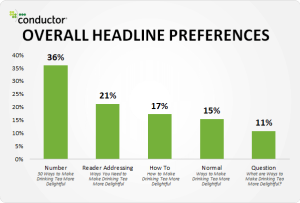
- Use Negative Language – This sounds counterintuitive, but it’s really effective. Using words like “never” or “no more” call your customer’s attention immediately to the problem or need they want your brand to solve. Seeing you promise to do just that right in your headline keeps them around to learn more.
- Don’t Be Wordy – Studies have shown that headlines with fewer words (usually somewhere between 5-10) perform better. Keep in mind, too, that Google only displays 60 characters of your headline, which is about 10 words.
Your headline should allude to what sets your brand apart, whether it’s obviously stated or conveyed through tone and style. It should align with your prospective customer’s needs and be clear (even if you don’t use negative language) that you can address their pain points.
More than anything else, it should stand out. Research shows that 80% of readers never even make it past a brand’s headline. You can’t be too sure the one you’re using is effective — try different options, test them out, and go with the headline that performs best.
Want a deeper dive into writing great headlines? Check out these tips from marketing guru Neil Patel.
Persuasive Subheadings
So you’ve created a killer headline. Ready to move on to your general copy?
Not so fast! Your headline might be awesome, but it will be even more effective with a subheading. If you’re limited to 10 words in your headline, it can really only give your potential customer a teaser into what your brand and website can offer.
Your subheading can finish the persuading for you. It should include catchy, convincing text that serves as a follow-up to what you started with your headline.
Here are two great examples of heading and subheading pairs from Hootsuite and Ancestry.
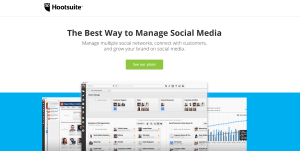
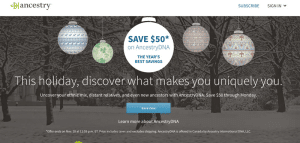
Compelling Copy
If your potential customer is still reading, you’ve got them hooked. But don’t stop with your headings. It’s essential that all of the copy on our page works together to tell your brand story while address customer pain points and highlight the unique value of your brand.
That said, your landing page is not the place for paragraphs of text. You want to think about what’s most important for your brand and your audience — and again, this will depend on your goals — and then use your copy to cover those priorities. Consider things like price, most sought-after services, and the best features your product or service offers.
Keep your copy short and to the point, but make each word really count.
Optimized Content
We talk about SEO a lot as it relates to blogs, but guess what? Optimizing your landing page is just as important.
What would potential customers search for if they were experiencing the problems or needs your brand addresses for them? Those are the searches you need to be ranking for in order to remain visible to your potential customers and be sure they get to your page. If you’re not ranking on Google SERPs, you’ll have a really hard time capturing any consumer attention.
Google ranking factors evolve and change, but fortunately Google keeps us informed and you can research only to stay up to date about what Google algorithms are using to rank websites. If there’s one takeaway to know now, though, it’s this: your content needs to be both high-quality and SEO-focused.
It’s no longer enough to stuff keywords on your page and wait for search engines to pick them up. The AI tools used by Google and the like are smarter than ever, and they sort out spammy content they know won’t be valuable to their users. Don’t cut any content corners!
If you need to get up to speed on the technical aspects of optimizing your landing page, here’s a guide (this is part 1 of a four-part series):
Irresistible Calls to Action
Calls to Action (CTAs) are an absolutely essential part of every landing page. Customers won’t go to great lengths to figure out what to do next — you need to tell them!
Want them to use a discount code to make a purchase today? Share their contact information in exchange for an ebook? Schedule a free trial or consultation? Whatever it is, make it clear and include it as a CTA right on your landing page.
At Marketing Insider Group, we want our potential customers to schedule a free consultation so we can tell them more about how our services can specifically help them achieve their goals. So while other prominent content exists on our landing page, you’ll see we keep it pretty focused on our heading, subheading, and CTAs.
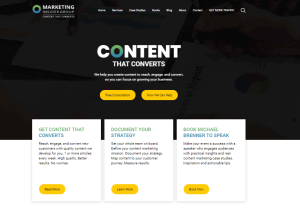
Always make your CTAs concise and action-oriented, use short phrases and clear action verbs. Make them easy to see and easy to actually do — customers should be able to complete your CTA with only a few quick clicks or form field completions.
Convincing Value Proposition
We’ve talked quite a bit about value propositions already. Specifically, we’ve discussed how it needs to be threaded throughout your headline, subheading, copy, CTAs — well, everything. So why are we bringing it up again?
Because it’s the most important takeaway from your landing page. Once you’ve got your copy written start to finish, go back and read it over. Think like your customer. Is your unique value proposition clear and compelling? Be sure that as a whole, your content is truly communicating the value proposition you offer.
Great value propositions clearly address two main things: customer pain points and your brand’s gain creators.
If you haven’t heard of the value proposition canvas, we strongly recommend you check it out. It’s an amazing tool for developing a new value proposition or making sure the one you have is accurate and effective.
Strong Visuals
Visual content is taking over content marketing.
No, really — it is. By next year, Cisco predicts that video alone will account for 82% of all web traffic. Web content with images gets 94% more views than content without them. Websites with images earn 47% higher click through rates. Social media posts that are accompanied by visuals get 3.2x more engagement than those that aren’t.
In other words, your landing page needs visuals to survive.
But don’t just throw them on there to say you did it. Images, videos, and other visual content should always support what the brand message conveyed through your copy. Think about how you can call out the most important points from your copy or give more detail in an engaging way.
Prominent Social Proof
No matter what your ultimate goal is for your landing page, you want potential customers to leave it feeling like they know and trust your brand more than they did before they visited your site.
Social proof is the best way you can do that. Consumers across industries and in both B2C and B2B arenas trust what other consumers say — even if they don’t know them. In fact, 88% of consumers say they trust online reviews as much as personal word-of-mouth recommendations.
Highlighting positive customer feedback and testimonials, linking to videos and case studies that tell success stories, and using any other tactic to show that customers have had positive experiences with your brand goes a long way in convincing potential customers to stick with your brand.
It’s not hard to relate, right? We all choose the Amazon listing with the most reviews. We scroll through apparel retailer sites for photos that confirm for us that the dress or pair of shoes we like looks great on a real person, not just an online listing. We want to be sure before we make a financial commitment.
Your customers are no different. Don’t make them go looking for the social proof they seek. Put it right on your landing page!
Mobile Optimization
This one’s obvious, but we have to mention it nonetheless. Make sure your landing page is not just mobile-friendly, but mobile-optimized. More than half (54% to be exact) of all web traffic comes from mobile phones in 2021, according to Statista.
If your landing page is hard to navigate from a smartphone, you’re likely missing out on many potential customers who simply move on to a brand that provides better UX on their site.
Ready to Upgrade Your Brand’s Landing Page?
If you know it’s time to give your landing page an upgrade, Marketing Insider Group can help. Check out our Content Builder Services to learn more or schedule your free consultation today!

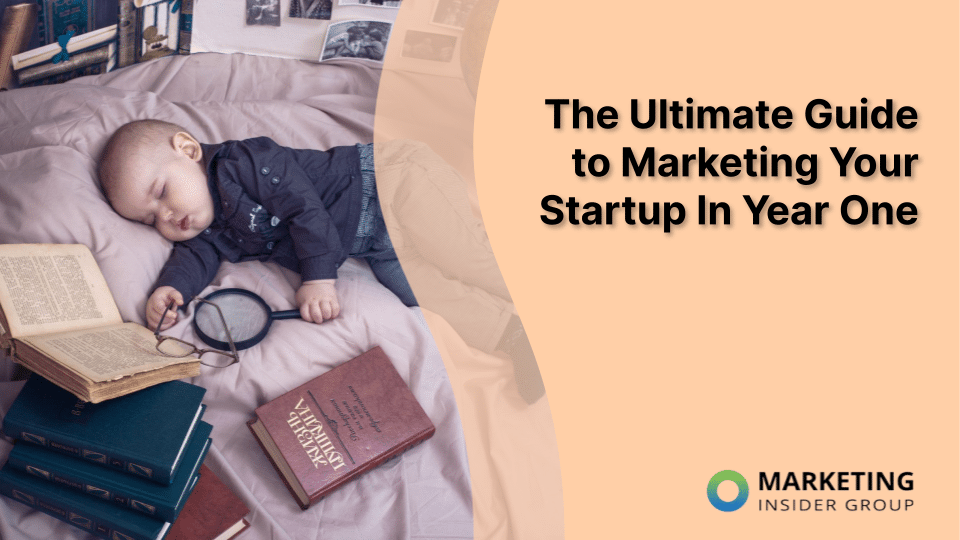
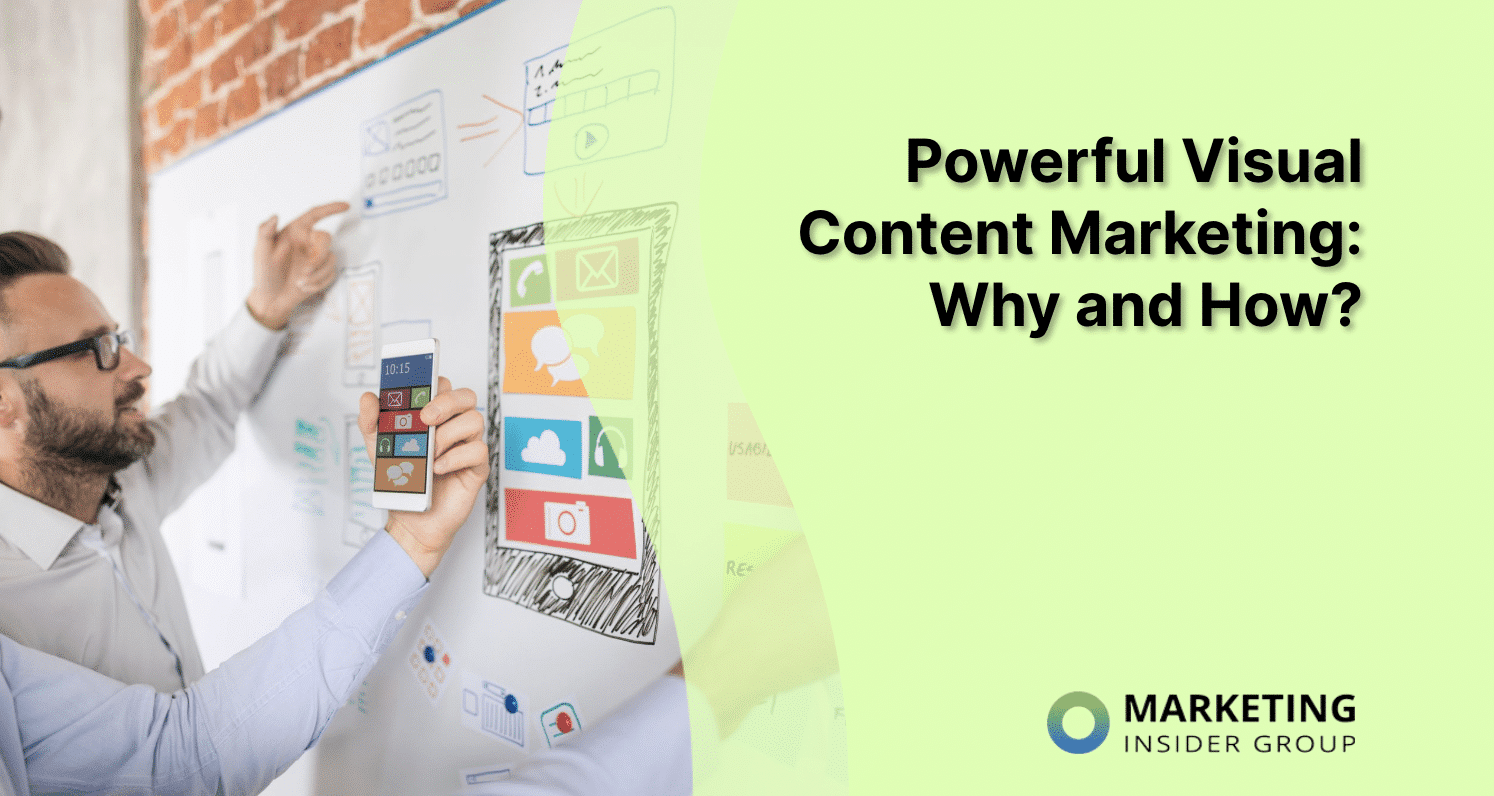
![Use the Tidal Wave Technique to Increase Blog Traffic [Ultimate Guide]](https://marketinginsidergroup.com/wp-content/uploads/2020/06/increase-blog-traffic0.png)



Love your step by step guideline.